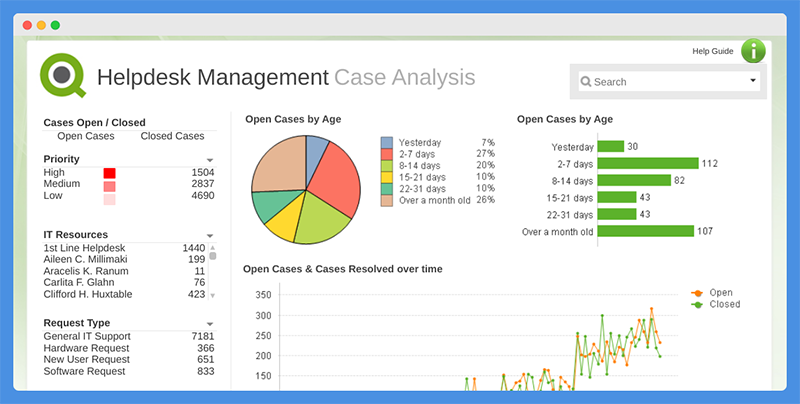Personal Career & Learning Guide for Data Analyst, Data Engineer and Data Scientist
As a data analyst, having the ability to quickly and easily access, analyze, and visualize your data is key to making informed decisions. QlikView provides a powerful platform for doing just that, and it offers several options for bringing in data from a variety of sources. In this article, we’ll take a closer look at one of these options: Inline Data.
Inline Data in QlikView refers to data that is entered directly into the application, rather than being pulled from an external source such as a file or database. This data can be added in several different ways, including by manually typing in the data or by copying and pasting data from another source.
Using Inline Data in QlikView can be a quick and convenient option for small amounts of data, or for when you need to create a simple prototype to test out your analysis and visualization ideas. Additionally, it can be useful when you need to create data that can’t be easily obtained from an external source, such as test data or dummy data.
To create Inline Data in QlikView, simply click on the “Data” menu and select “Add New Data”. From there, you can choose to enter your data manually or copy and paste it from another source. Once you have entered the data, you can then load it into QlikView and start working with it just as you would with data from other sources.
One thing to keep in mind when using Inline Data in QlikView is that it is stored within the application itself. This means that if you need to share your data with others or move your analysis to another computer, you will need to manually copy the data to another location or create a new data source for them.
In conclusion, Inline Data is a quick and convenient option for bringing small amounts of data into QlikView for analysis and visualization. It’s an ideal option for creating simple prototypes or test data, and it can be a helpful tool for data analysts who need to work with data that can’t be easily obtained from an external source. With QlikView’s powerful data analysis and visualization capabilities, you can turn your data into actionable insights and make informed decisions with confidence.
QlikView for Data Analyst – QlikView – Inline Data
 Loading...
Loading...
Latest end-to-end Learn by Coding Projects (Jupyter Notebooks) in Python and R:
All Notebooks in One Bundle: Data Science Recipes and Examples in Python & R.
End-to-End Python Machine Learning Recipes & Examples.
End-to-End R Machine Learning Recipes & Examples.
Applied Statistics with R for Beginners and Business Professionals
Data Science and Machine Learning Projects in Python: Tabular Data Analytics
Data Science and Machine Learning Projects in R: Tabular Data Analytics
Python Machine Learning & Data Science Recipes: Learn by Coding
R Machine Learning & Data Science Recipes: Learn by Coding
Comparing Different Machine Learning Algorithms in Python for Classification (FREE)
There are 2000+ End-to-End Python & R Notebooks are available to build Professional Portfolio as a Data Scientist and/or Machine Learning Specialist. All Notebooks are only $29.95. We would like to request you to have a look at the website for FREE the end-to-end notebooks, and then decide whether you would like to purchase or not.
